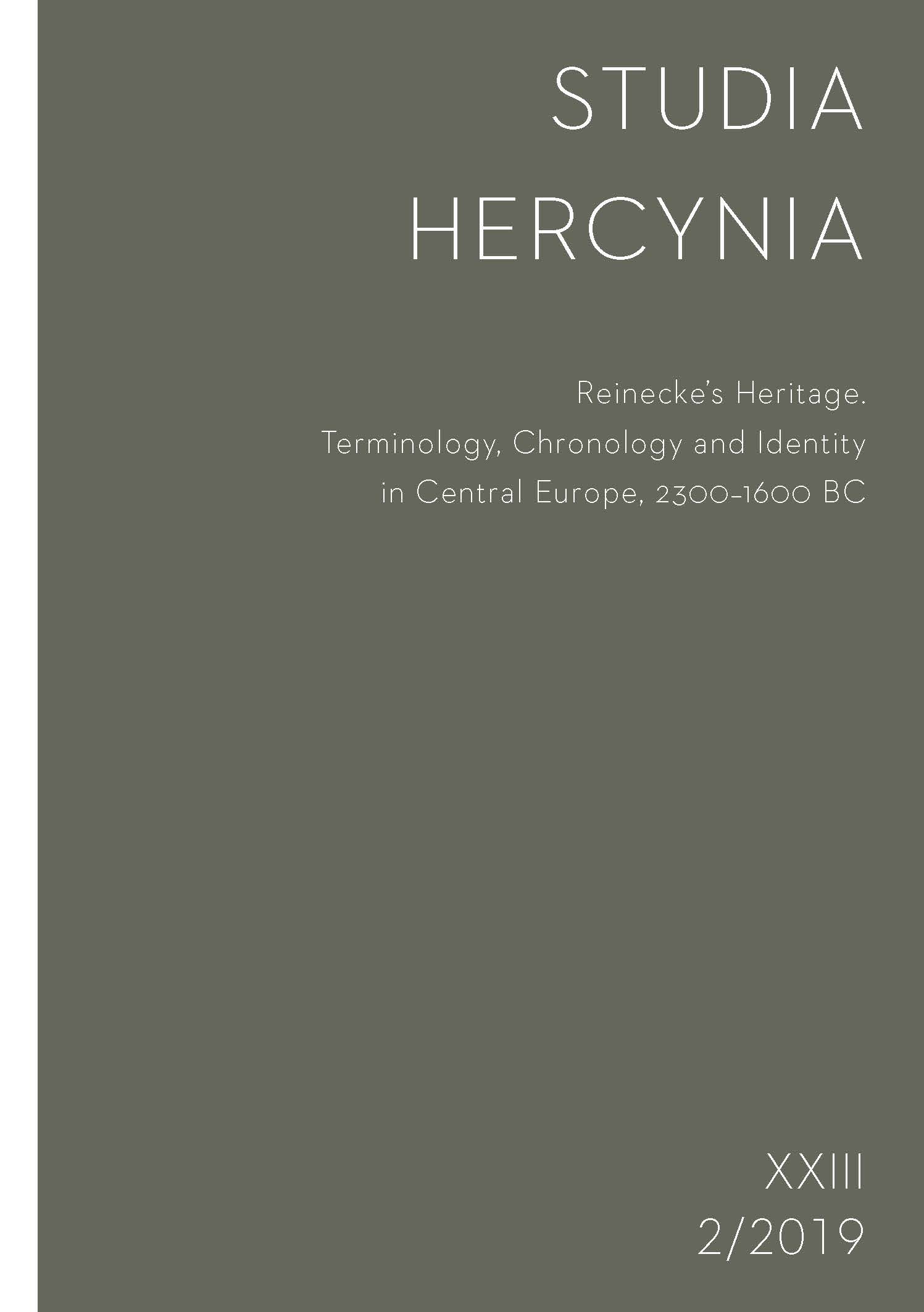Chronological framework of the fortified settlement in Spišský Štvrtok in the context of the Otomani‑Füzesabony cultural complex
Chronological framework of the fortified settlement in Spišský Štvrtok in the context of the Otomani‑Füzesabony cultural complex
Author(s): Dominika Oravkinová, Jozef VladárSubject(s): Archaeology
Published by: Univerzita Karlova v Praze - Filozofická fakulta, Vydavatelství
Keywords: Relative chronology; Otomani‑Füzesabony cultural complex; settlement; Spišský Štvrtok; pottery; metal artefacts.
Summary/Abstract: In contrast to other contemporaneous cultural groups, the Otomani Füzesabony cultural complex (OFCC) is conspicuous, inter alia, due to covering a relatively wide geographical area. Within it can be observed a high variability of source bases, which is conditioned by the differing emergence and adaptation backgrounds, as well as by a varying length of duration across different geographical regions. To make things worse, this diversity of archaeological sources is reflected also in the different use of terminology and in various absolute and relative chronological systems. When dealing with the chronological issues of the OFCC in the territory of Eastern Slovakia the fortified settlement in Spišský Štvrtok, deserves special consideration. Despite the absence of any absolute dates from the site, significantly represented material culture allows one to review its relative chronological framework. In this respect, the morpho typology of selected pottery and metal artefacts, together with their decorative motifs, provide useful information about its relative chronology. A formalised description of jugs, which represent the chronologically most sensitive group of pottery, allows for a partial use of statistical methods as well. As a result, we can obtain a relatively comprehensive view of the initial phase, the length of occupation, and the abandonment period of the fortified settlement. In combination with 14C dates this information might in future contribute to a more exact understanding of the chronological relations within a wider area of East Central Europe.
Journal: Studia Hercynia
- Issue Year: 23/2019
- Issue No: 2
- Page Range: 150-172
- Page Count: 23
- Language: English

